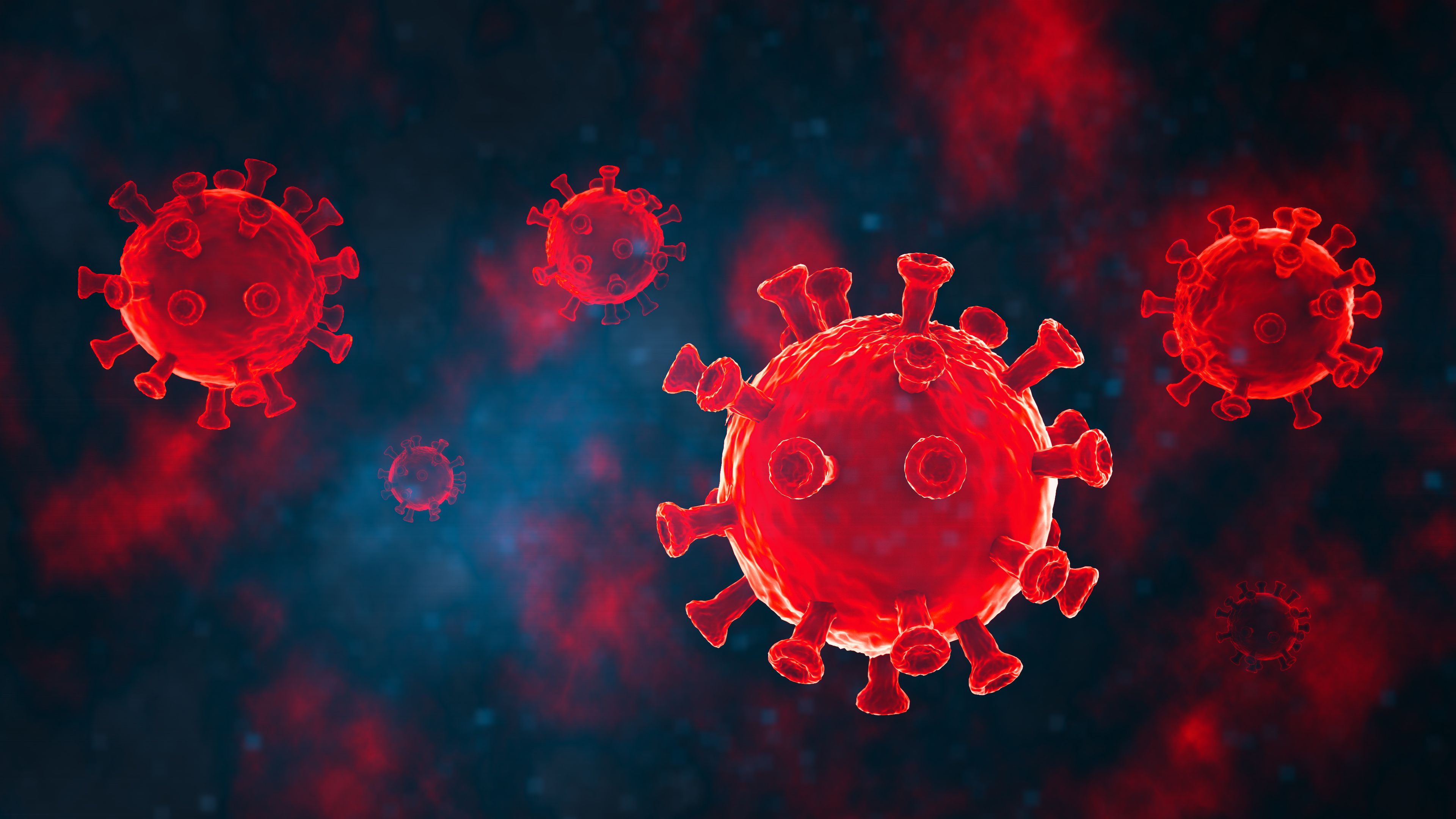Article
COVID-19 Vaccine Candidate from University of Pittsburgh Shows Promise in New Study
Author(s):
Key Takeaways
- PittCoVacc, a potential COVID-19 vaccine, produces SARS-CoV-2-specific antibodies in mice, leveraging prior coronavirus research.
- The vaccine employs a microneedle array (MNA) delivery system, enhancing potency through skin-targeted delivery.
PittCoVacc produces antibodies specific to SARS-CoV-2 at quantities thought to be sufficient for neutralizing COVID-19 within 2 weeks.
New research conducted by scientists at the University of Pittsburgh School of Medicine (Pitt Med) presents a potential vaccine for coronavirus disease 2019 (COVID-19). Published on April 1 in EBioMedicine, the study appeared shortly after COVID-19 infections began to increase exponentially in the United States because the scientists were able to build on their prior research from previous coronavirus epidemics.1
The results of the study showed that this vaccine—which the authors are calling PittCoVacc, short for Pittsburgh Coronavirus Vaccine—when tested on mice, produces antibodies specific to severe acute respiratory syndrome coronavirus 2 (SARS-CoV-2) at quantities thought to be sufficient for neutralizing the virus within 2 weeks.1 SARS-CoV-2, the official name of the causative agent of COVID-19, shares similarities with previous coronavirus causative agents SARS coronavirus (SARS-CoV) and Middle East respiratory syndrome-related coronavirus (MERS-CoV).1
“We had previous experience on SARS-CoV in 2003 and MERS-CoV in 2014. These two viruses, which are closely related to SARS-CoV-2, teach us that a particular protein, called a spike protein, is important for inducing immunity against the virus. We knew exactly where to fight this new virus,” said co-author Andrea Gambotto, associate professor of surgery at Pitt Med, in a press release. “That’s why it’s important to fund vaccine research. You never know where the next pandemic will come from.”2
In their research in 2014, the scientists tested the pre-clinical immunogenicity of MERS-CoV vaccines in mice, which were delivered subcutaneously by traditional needle injection or intracutaneously by dissolving microneedle arrays (MNAs).1 They then evaluated the virus-specific immunoglobulin G antibodies in the serum of vaccinated mice by the enzyme-linked immunosorbent assay (ELISA) and used virus neutralization assays.1 Based on this research, the scientists found that it would be effective to use the same strategy to develop the MNA SARS-CoV-2 subunit vaccines upon the emergence of COVID-19.1
“Our ability to rapidly develop this vaccine was a result of scientists with expertise in diverse areas of research working together with a common goal,” said co-author Louis Falo, professor and chair of dermatology at Pitt Med and the University of Pittsburgh Medical Center (UPMC), in a press release.2
Compared with the experimental mRNA vaccine candidate that recently entered clinical trials, PittCoVacc follows a more established approach that will work similarly to current flu shots.1 However, the delivery of this vaccine will be different from flu shots, as the results of the SARS-CoV-2 research showed that MNAs are preferable over a single needle because they increase potency due to the skin-targeted delivery.1
The MNA goes on like a Band-Aid and includes 400 microneedles that together are no larger than a fingertip.1 Once placed on the skin, the needles are able to dissolve as they are made entirely of sugar and protein pieces.1
“We developed this to build on the original scratch method used to deliver the smallpox vaccine to the skin, but as a high-tech version that is more efficient and reproducible patient to patient,” Falo said in a press release. “And it’s actually pretty painless—it feels kind of like Velcro.”2
The MNA delivery system is highly scalable as it can be mass-produced at an industrial level. Once manufactured, the vaccine is also able to sit at room temperature, eliminating the need for refrigeration during transport or while in storage.1
The authors of the study are now applying for an investigational new drug approval from the FDA in order to start a phase 1 human clinical trial in the next few months.1
“Testing in patients would typically require at least a year and probably longer,” Falo explained in a press release. “This particular situation is different from anything we’ve ever seen, so we don’t know how long the clinical development process will take. Recently announced revisions to the normal processes suggest we may be able to advance this faster.”2
References
- Kim E, Erdos G, Huang S, et al. Microneedle array delivered recombinant coronavirus vaccines: Immunogenicity and rapid translational development. EBioMedicine. 2020;51(16):2352-3964. doi: 10.1016/j.ebiom.2020.102743.
- COVID-19 Vaccine Candidate Shows Promise in First Peer-Reviewed Research [news release]. Pittsburgh, PA: Pittwire; April 2, 2020. pittwire.pitt.edu/news/covid-19-vaccine-candidate-shows-promise-first-peer-reviewed-research. Accessed April 8, 2020.






